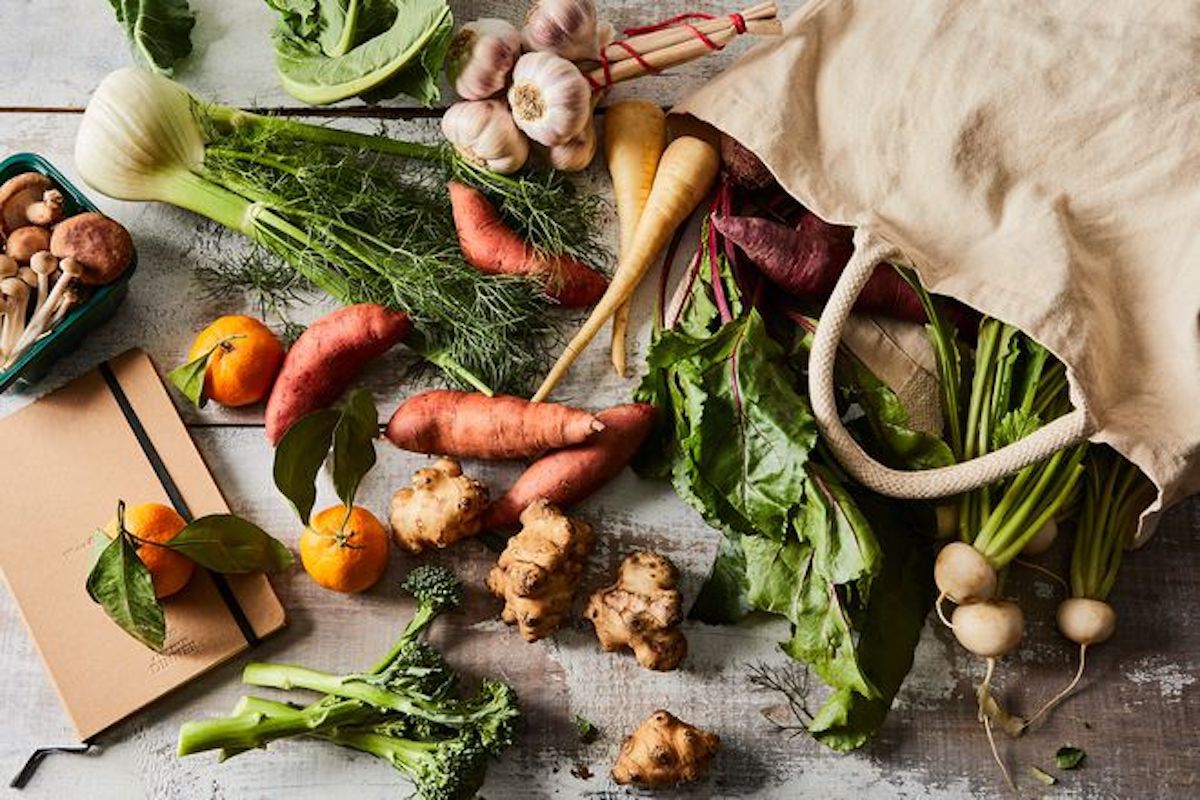Look for the word "regenerative" at your local grocery store. Chances are, you'll spot it on boxes of mac and cheese, cartons of milks, or even bags of chips. Regenerative agriculture, also called carbon farming, has become the latest darling of everyone from food companies to universities to politicians. But what is regenerative agriculture? How do products made with these practices differ from others, and can buying them help consumers fight the climate crisis? Here's what you need to know about this farming philosophy.
What is regenerative agriculture?
Ask 10 different people to define regenerative agriculture, and you'll get 10 different answers. There is no one single definition, although several organizations are currently working to establish formal guidelines.
"The idea with regenerative agriculture is to make the land better than it was," says Dawn Pettinelli, associate cooperative extension educator at the University of Connecticut's Institute of the Environment.
In essence, regenerative agriculture is farming done in a way that helps build soil health, increase organic matter, store water more effectively, and draw carbon out of the atmosphere. This isn't exactly a new idea — farming with soil health in mind is a concept nearly as old as agriculture itself. It wasn't until the 1980s, however, that the Rodale Institute began using the term, and it's only recently become a buzzword.
"There's a lot of power in words, and I think people are drawn to the term because it conveys something that is missing," says Jiff Martin, associate extension educator in sustainable food systems for the University of Connecticut's College of Agriculture, Health, and Natural Resources, adding she's noticed the term being used more frequently in the past five years.
Regenerative agriculture vs. organic
The number of labels on our food and other products can be overwhelming, but there are some differences between organic, other labels, and those that denote products made with regenerative agriculture. Think of organic as the idea of "do no harm." Regenerative takes it a step beyond that: It's a farming philosophy focused on healing.
You may find this terminology on products under the Regenerative Organic Alliance label. Designed by Rodale Institute, Patagonia, and Dr. Bronner's, products certified by the Regenerative Organic Alliance are organic and made in a way that benefits farmers and promotes long-term soil health.
"It's soil health, animal welfare, and social fairness," says Birgit Cameron, head of Patagonia Provisions. "It goes together with organic. You can call it regenerative or not, but you can't have a truly regenerative system if organic isn't attached to it."
Patagonia Provisions partners with farmers and producers interested in regenerative agriculture that are already practicing organic farming, and the company has strong animal welfare and social fairness philosophies behind its line of shelf-stable packaged foods. While regenerative agriculture is something that many small farmers have long specialized in, that doesn't necessarily make the practice an easy one.
"It's hard because all of agriculture is hard, and you need to be viable," Martin says. "But people have different notions of what viable is, how much money you have to make to be successful, and ultimately if you can grow food in a way that meets your values while still being able to sell it."
Regenerative agriculture and the climate crisis
More and more consumers are paying attention to the climate crisis. According to Nielsen, 73% of global consumers say they would change their habits to reduce their environmental footprint.
"I do think the market is there and that it can grow," Martin says.
In January, President Joe Biden rejoined the Paris Agreement, the international treaty designed to avert catastrophic global warming. Still, according to several recent studies, it will be impossible to meet the agreement's global warming benchmarks without reducing emissions from food production. So, does buying regenerative agriculture products really reduce your foodprint? It's complicated.
"Carbon farming can help to mitigate climate change to some extent," says Pettinelli.
What's not clear, at least not yet, is how much carbon the soil can hold, and for how long. It's also hard to compare the regenerative agriculture products you find at the supermarket because (for the time being) General Mills' definition will be different from Patagonia's, whose definition might be different from your local CSA farmer's.
"If at all possible, see the farm and purchase from them directly," said Pettinelli. "If you can't visit, explore their website and ask questions about their practices. It's challenging to see past the marketing."
You can explore more about the Regenerative Organic Alliance label on their website and shop for certified products there. Still, Cameron suggests looking for organic products as a start.
"Organic is the base, and regenerative helps elevate the things that are good for people and good for the planet," she says.
Related reading:


Shares